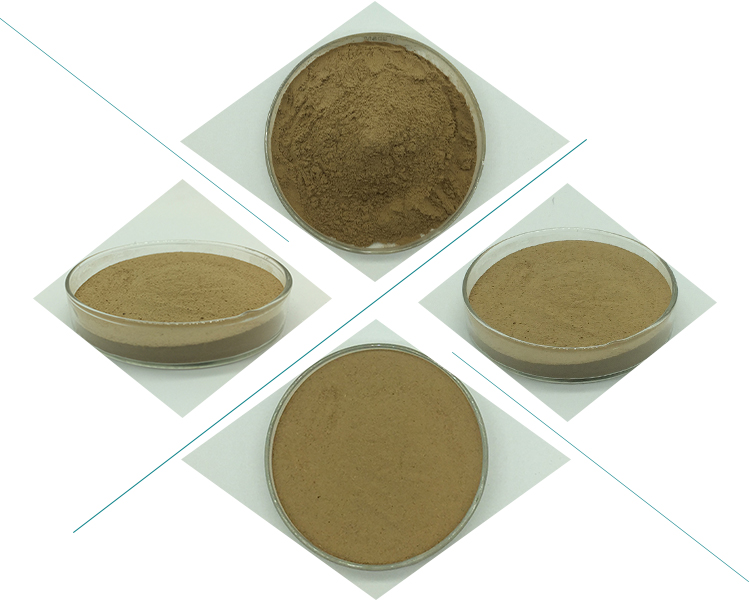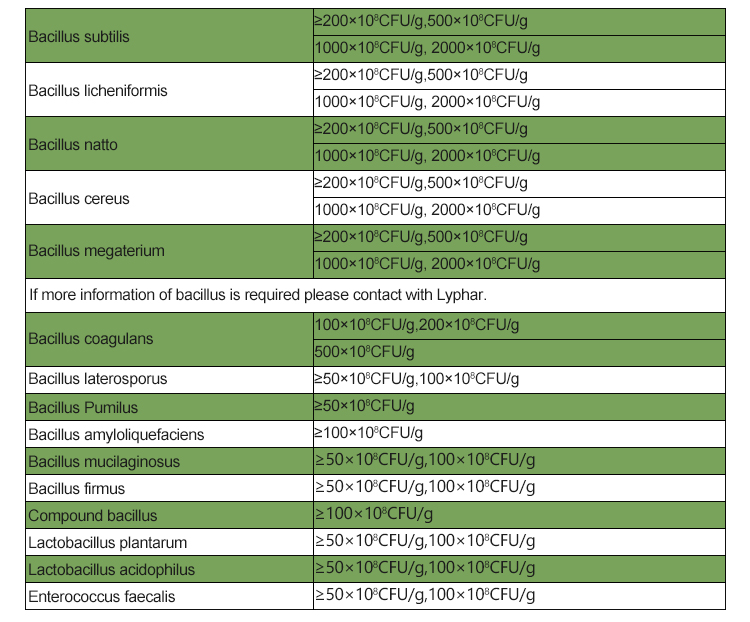Bacillus subtilis is a Gram-positive, rod-shaped, facultatively anaerobic bacterium commonly found in soil and the gastrointestinal tracts of humans and animals. Below are its key characteristics:
Morphology & Structure:
- Rod-shaped (bacillus)
- Gram-positive (retains crystal violet stain)
- Motile due to peritrichous flagella
- Forms endospores, which allow it to survive in harsh conditions
- Non-pathogenic to humans but beneficial in various applications

Physiological & Metabolic Traits:
- Facultative anaerobe (can grow in both aerobic and anaerobic conditions)
- Catalase-positive (can break down hydrogen peroxide)
- Capable of producing extracellular enzymes such as amylases, proteases, and lipases
- Can metabolize various carbon sources, including glucose and starch
- Exhibits robust stress resistance due to its ability to form biofilms and spores
Environmental Role:
- Commonly found in soil and plant rhizospheres
- Plays a role in nitrogen cycling and organic matter decomposition
- Can act as a biocontrol agent against plant pathogens by producing antimicrobial compounds
- Forms symbiotic relationships with plants, promoting growth through the secretion of plant hormones

Industrial & Biotechnological Uses:
- Used in probiotic formulations for gut health
- Produces antibiotics such as bacitracin
- Used in enzyme production (e.g., amylase for detergent and food industries)
- Employed in agricultural biopesticides and biofertilizers
- Involved in synthetic biology and genetic engineering research
Would you like more details on any specific aspect?
